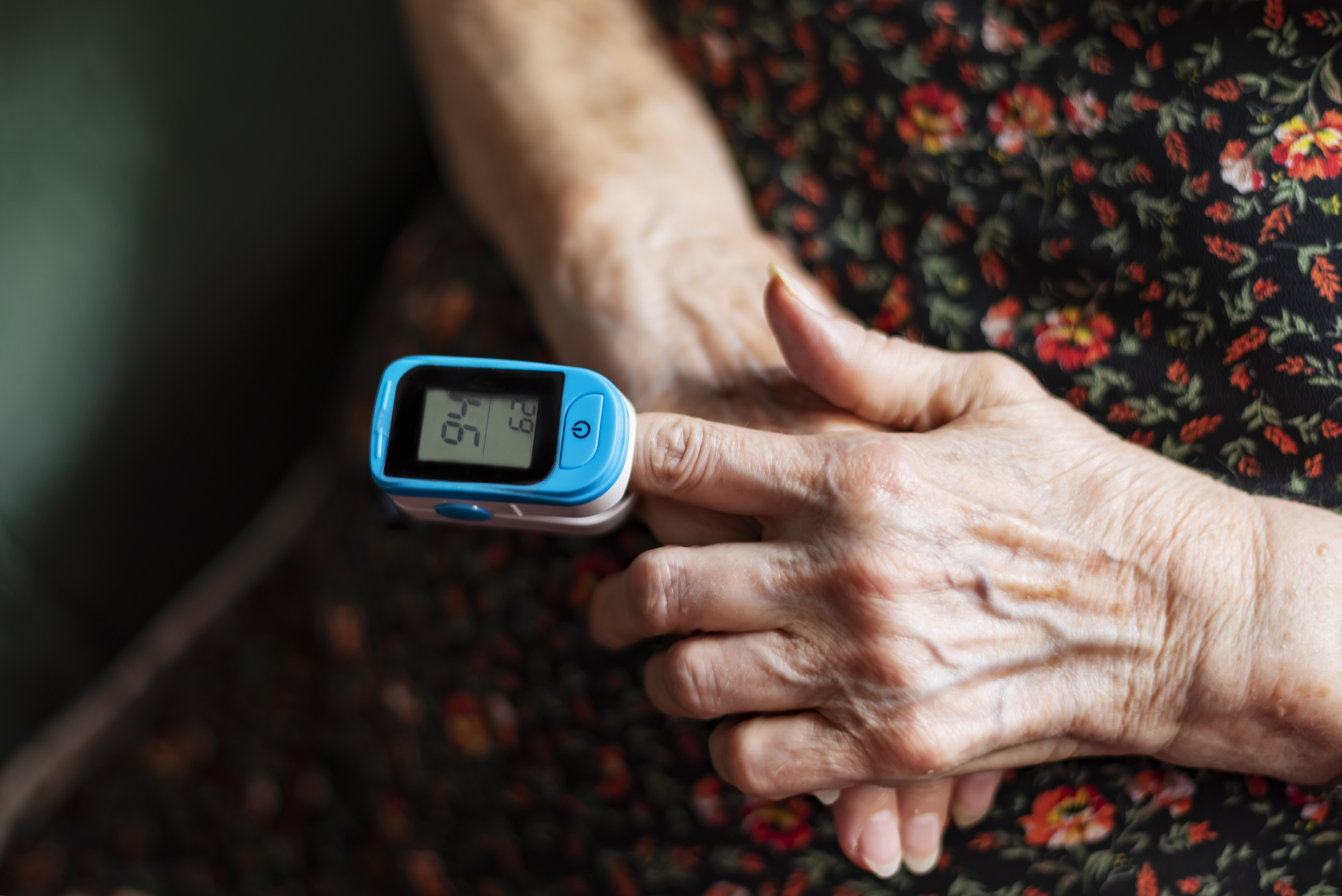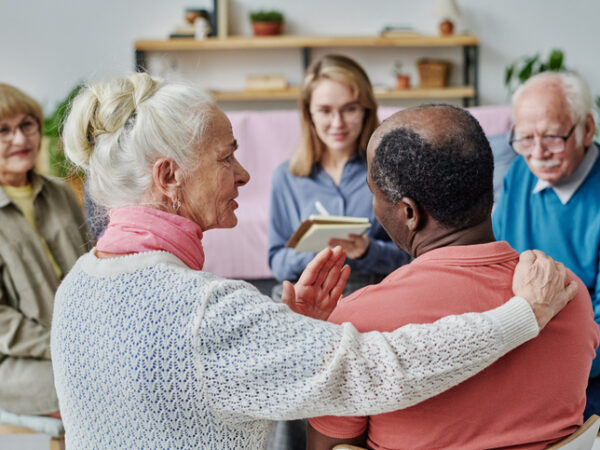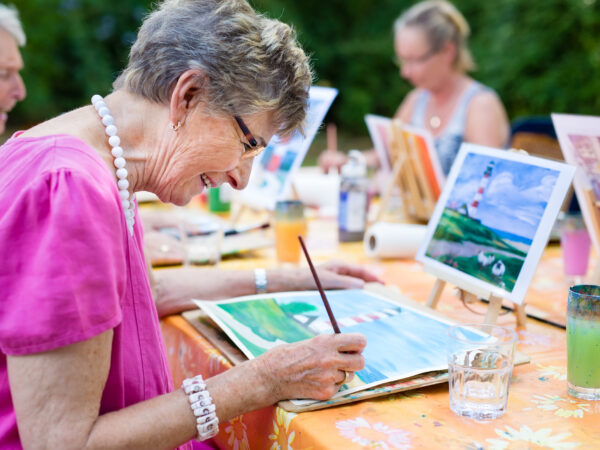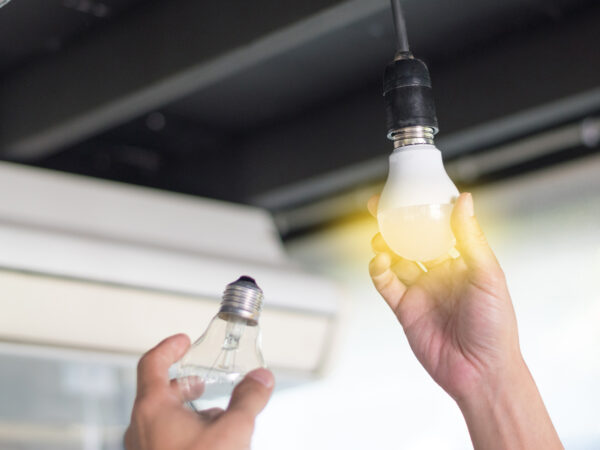As stay-at-home orders expire and more regions begin the re-opening process while a cure or vaccine for COVID-19 remains on the distant horizon, health care professionals look at tools for early detection of dangerous symptoms, especially among the elderly population.
A recent investigation into the hospitalization of more than 4,000 New York City patients with coronavirus found that oxygen impairment and inflammation were strongly linked with critical illness. Age and underlying health problems including obesity, cardiovascular disease or pulmonary disease were also associated with a greater risk for hospitalization.
If nursing homes, where COVID-19 can cause widespread illness and deaths, were able to screen residents for coronavirus pneumonia and offer treatment before the need for a ventilator arose, more lives could be saved. According to a recent New York Times opinion piece by critical care and emergency physicians, if retirement and long-term care facilities were required to monitor residents daily with a pulse oximeter which measures oxygen saturation levels in the blood, fewer elderly patients would require ventilation when they arrive at hospital with breathing problems.
Elderly adults, especially those with dementia or other serious health problems, may not be aware that they are not getting adequate oxygen and could be suffering lung damage. Silent hypoxia, in which patients are not struggling to breathe but may have alarmingly low blood oxygen levels, can cause a delay in treatment of COVID-19 and result in intubation. Regular screening with a pulse oximeter in care facilities or at home could be a non-invasive and inexpensive way to avoid more aggressive treatment in hospital.
Patients with decreased oxygen saturation levels that don’t require a ventilator could be treated with oxygen delivered through a nasal tube or a non-rebreather mask, medication to reduce inflammation, careful monitoring and patient positioning to open up the lungs. Recent studies have found that patients who were placed in a prone position, lying on their stomach, were able to get more oxygen into their lungs.
Researchers are working hard to find safe and effective treatments and eventually a vaccine for the coronavirus; front line health care workers must use the tools at their disposal to help save lives. And in this case, a simple and widely available device may help save the lives of our most vulnerable population.






Add Your Voice
0 Comments
Join the Discussion